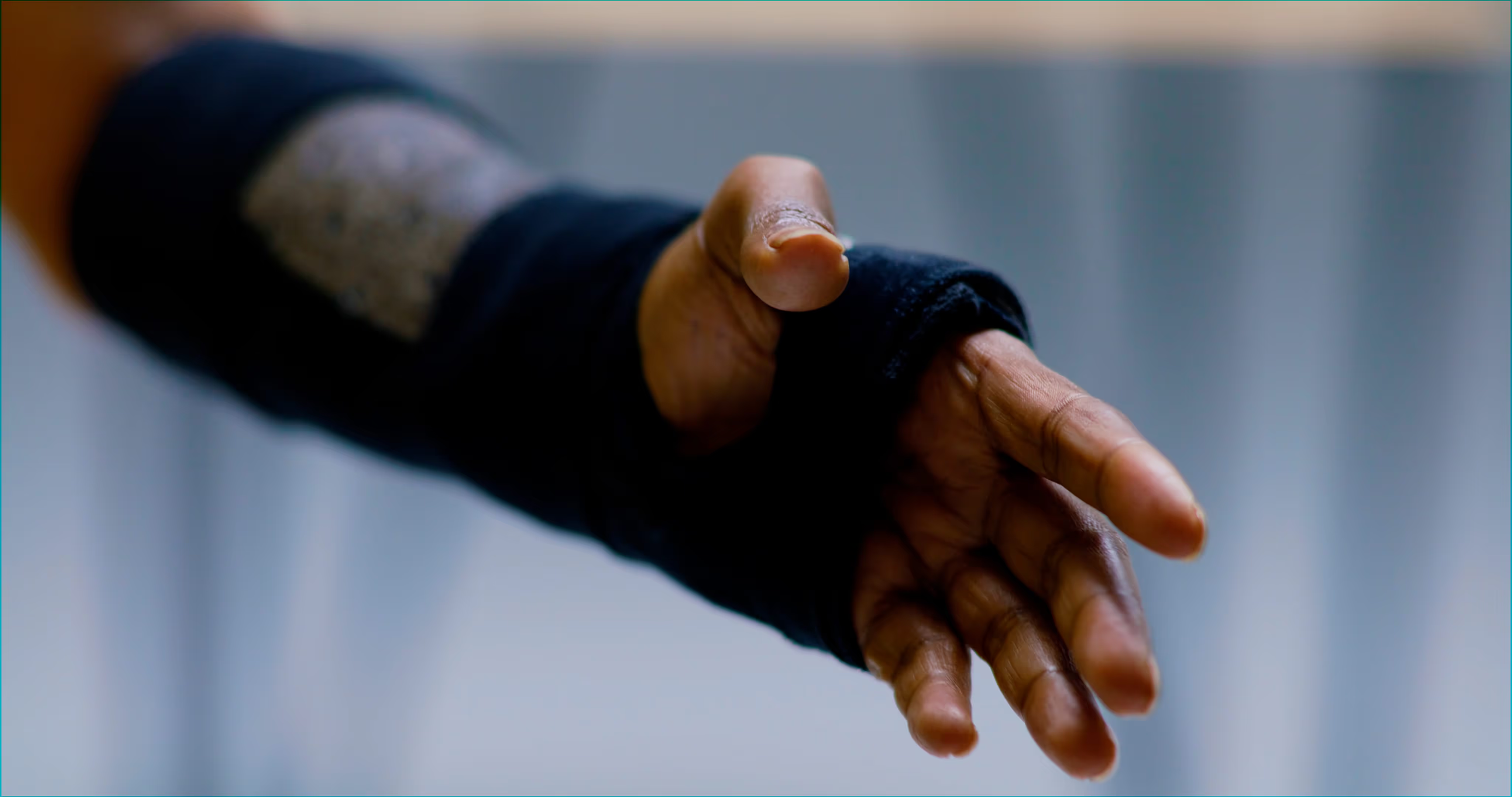Surgery has increased in fracture treatment, even when clinical research supporting the trend has been scarce. In this article, Dr. Sami Saku (MD, Ph.D) discusses a study on scaphoid fracture treatment, which provides practice-changing evidence on why surgery should not always be the go-to option in fracture treatment.
A randomized multicenter trial published in 2020 by professor Joseph Dias et al. titled “Surgery versus cast immobilization for adults with a bicortical fracture of the scaphoid waist (SWIFFT)" found that by applying a cast first instead of operating immediately, the need for surgery is reduced by more than 90%1.
Choosing to cast rather than operate would mean fewer patients would experience surgery-associated complications, such as infection, issues with implants, pain, and nerve damage. The Dias et al. study found that complications such as infection were ten times more likely after surgical fixation.2
"If there is no difference between outcomes of surgery and casting, one should always choose to cast. It carries fewer risks to the patient, is less costly, and less burdensome for the healthcare system”, says Dr. Saku.
Casting should be the preferred treatment in treating scaphoid fractures
According to the authors of the SWIFFT trial, surgical treatment of acute scaphoid fractures has increased from 22% to 34% in the United States. In Finland, primary surgical treatment increased more than three-fold from 1997 to 2014.3
The current trend for favoring surgery stems from habits and beliefs, thinks Dr. Saku. “The idea to perform surgery on most patients is well-intended, and it is only natural that surgeons might see treating a fracture with metal plates and screws as the stronger and more secure option. However, this research here shows that surgery is not always necessary.”
He notes that the results of the Dias et al. study are in line with previous research comparing surgery and more conservative treatment methods. “Often, the results of this kind of study are that both treatments are roughly equal! But casting is cheaper and logically carries fewer risks than surgery and would therefore be the preferred treatment.”
The herald of a new trend
Perhaps it is too soon to say that this study is a sign of a paradigm shift, but it might give an idea of what is to come. In addition to moving from surgery towards casting, there are also a small number of studies comparing splinting to circumferential casting – though they have yet to show differences in treatment outcomes.
Still, Dr. Saku thinks the trends toward less surgery and less circumferential casts – when possible – are something orthopedic experts should keep an eye on.
“In Finland, for example, we generally prefer splints over circumferential casts for most upper limb fractures, regardless of whether the splint is plaster, fiberglass, or Woodcast. In all cases, the splint must be applied by a trained professional to prevent complications," says Dr. Saku.
The UCAST product family for splinting and casting provides excellent options for treating scaphoid fractures. Learn more about the award-winning product.
References
1) “Surgery versus cast immobilization for adults with a bicortical fracture of the scaphoid waist (SWIFFT): a pragmatic, multicentre, open-label, randomized superiority trial”, Dias, Joseph J, et al., The Lancet, Volume 396, Issue 10248, 390 – 401
2) Dias et al., 2020, 399.
3) Dias et al., 2020, 399.




.avif)